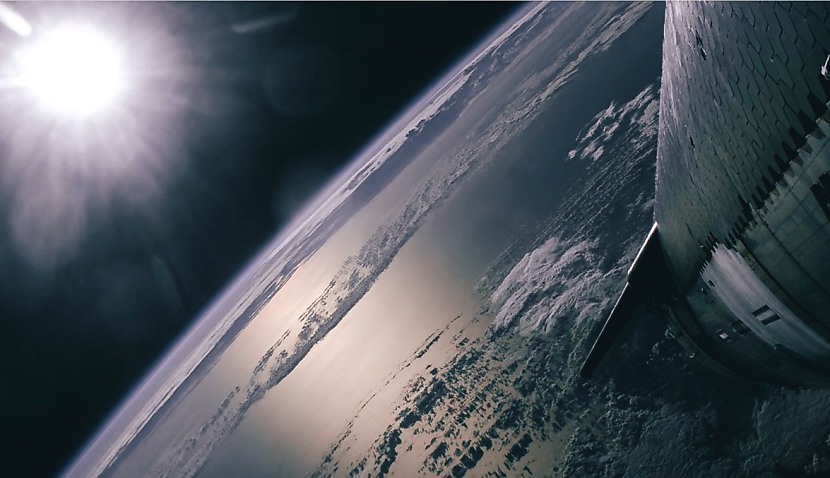
The launch will mark the fourth Starship integrated test flight and will focus on showing that both stages of the spacecraft can be returned in one piece.
“The fourth flight test turns our focus from achieving orbit to demonstrating the ability to return and reuse Starship and Super Heavy,” wrote SpaceX.
“The primary objectives will be executing a landing burn and soft splashdown in the Gulf of Mexico with the Super Heavy booster and achieving a controlled entry of Starship.”
The fourth flight will take lessons learned from flight three alongside some software and hardware upgrades and will fly a similar trajectory to the previous flight, with the goal of landing in the Indian Ocean.
“The fourth flight of Starship will aim to bring us closer to the rapidly reusable future on the horizon,” added SpaceX.
“We’re continuing to rapidly develop Starship, putting flight hardware in a flight environment to learn as quickly as possible as we build a fully reusable transportation system designed to carry crew and cargo to Earth orbit, the moon, Mars and beyond.”
The last SpaceX Starship integrated test flight occurred in March and was the most successful yet despite the spacecraft losing communications 10 minutes before it was due to splash down in the Indian Ocean. It eventually broke up during its re-entry into Earth’s atmosphere.
“The ship has been lost. So no splashdown today,” said SpaceX’s Dan Huot. “But again, it’s incredible to see how much further we got this time around.”
SpaceX founder Elon Musk later tweeted that Starship would “make life multi-planetary”, while NASA’s administrator, Bill Nelson, said it had “soared into the heavens”.
Starship is the collective name for the SpaceX Super Heavy booster rocket and Starship spacecraft destined to fly humans to Mars one day.
Its first launch in April last year failed to reach orbit but surpassed expectations by crucially passing through Max Q, the period in which the spacecraft endures maximum dynamic pressure.
A second launch in November went one better with a successful first-stage separation and all of its Raptor engines firing as planned.
The milestone third launch, however, came close to fulfilling all of its mission objectives.
“Each of these flight tests continues to be just that: a test,” said SpaceX. “They aren’t occurring in a lab or on a test stand but are putting flight hardware in a flight environment to maximise learning.”

Adam Thorn
Adam is a journalist who has worked for more than 40 prestigious media brands in the UK and Australia. Since 2005, his varied career has included stints as a reporter, copy editor, feature writer and editor for publications as diverse as Fleet Street newspaper The Sunday Times, fashion bible Jones, media and marketing website Mumbrella as well as lifestyle magazines such as GQ, Woman’s Weekly, Men’s Health and Loaded. He joined Momentum Media in early 2020 and currently writes for Australian Aviation and World of Aviation.
Receive the latest developments and updates on Australia’s space industry direct to your inbox. Subscribe today to Space Connect here.









